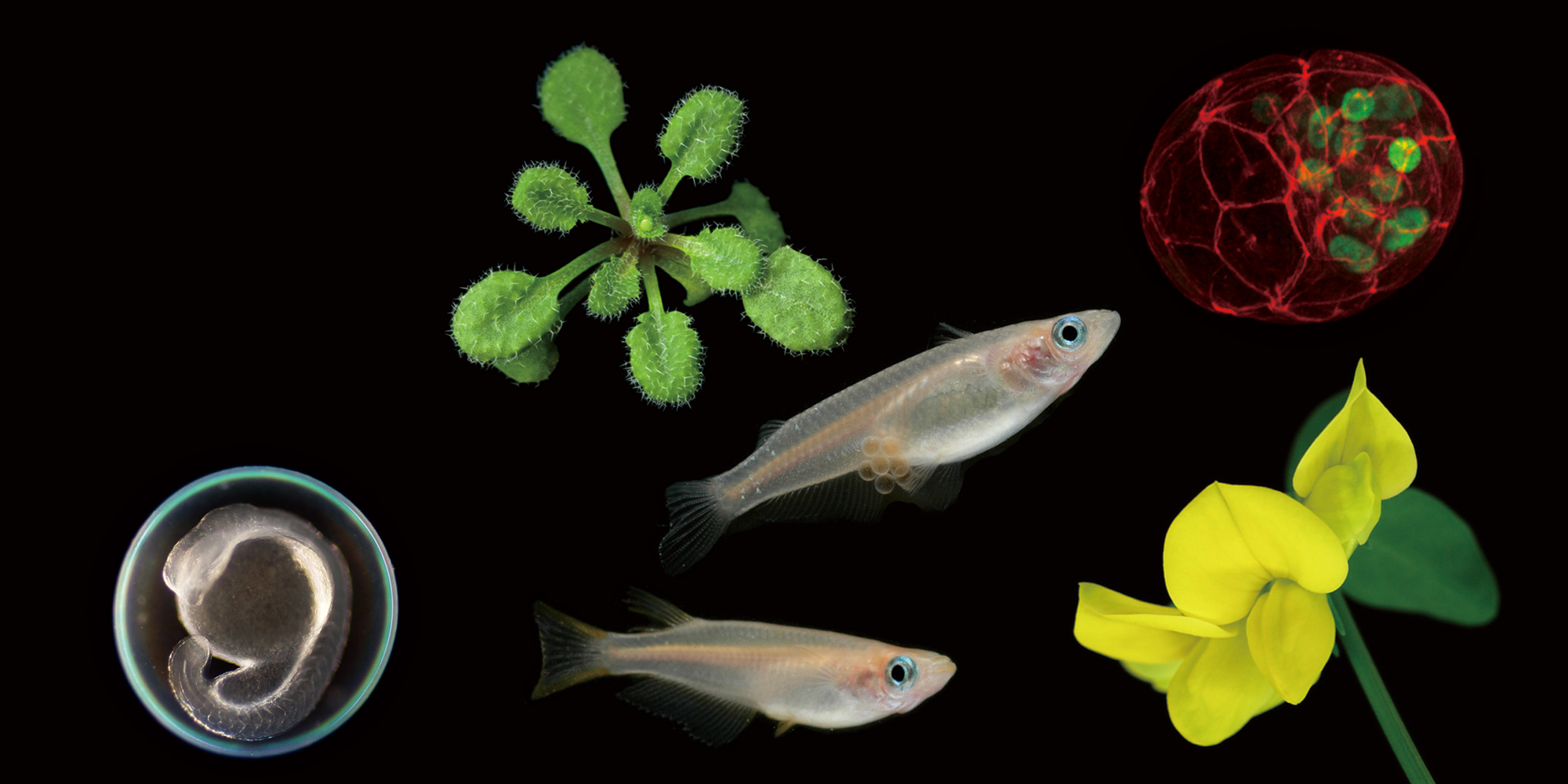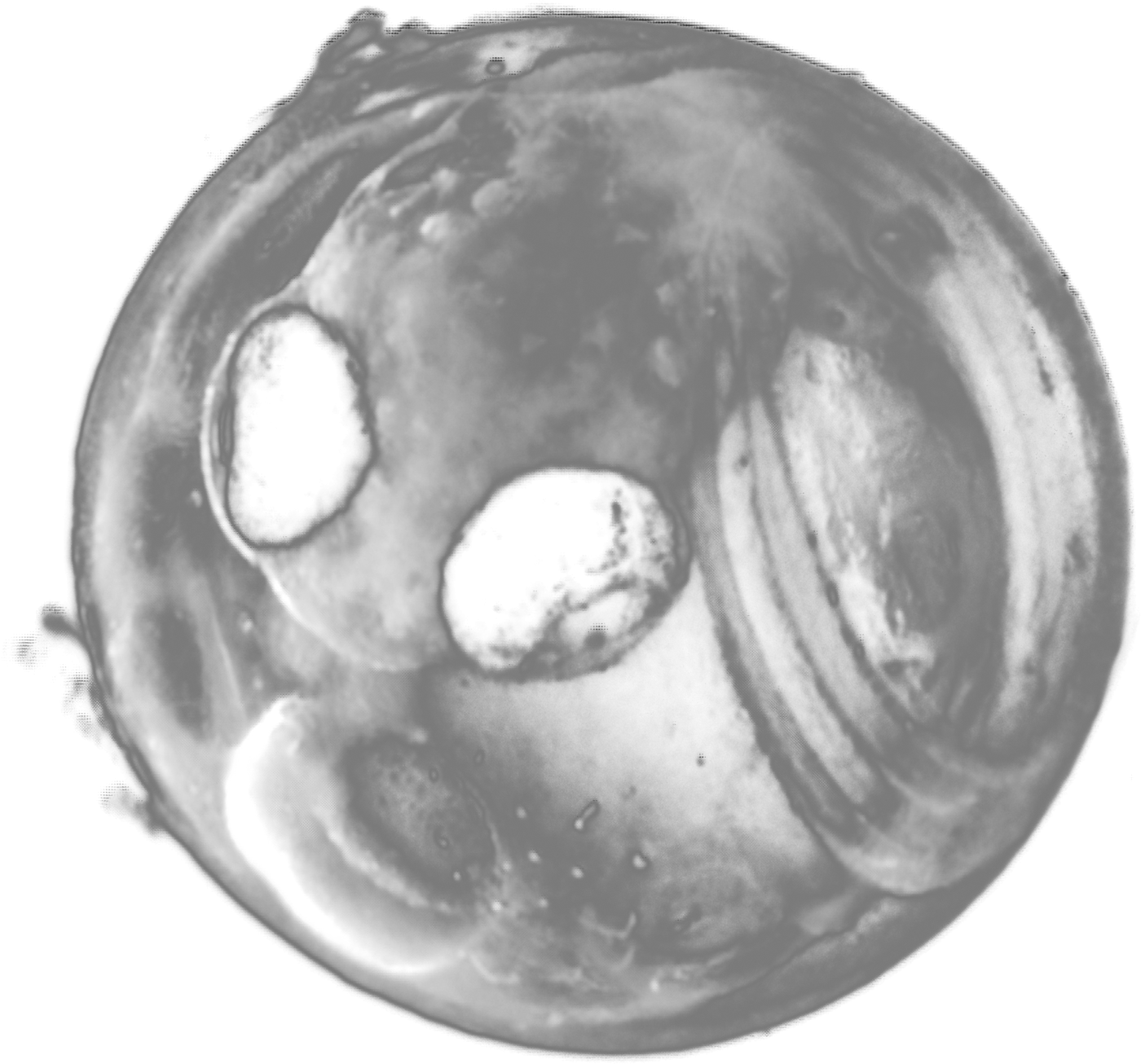2024.04.25 部門セミナー
DNA damage triggered cellular reprogramming in the moss Physcomitrium patens
Dr. Nan Gu (Specially appointed Associate Research Fellow, 1)The College of Life Sciences, Sichuan University 2) School of Engineering, Utsunomiya University)
2024年04月25日(木) 16:00 より 17:30 まで
明大寺地区1階 会議室 (111)
生物進化研究部門 長谷部光泰(7546)
Sessile plants grow and develop in ever-changing conditions, frequently facing DNA damage from environmental stresses. To survive and flourish, they have evolved diversified mechanisms to respond to DNA damage in time. Stem cells are more sensitive to DNA damage compared to differentiated cells, and lower levels of DNA damage can lead to the death of stem cells. However, we found that transiently induced DNA strand breaks can trigger the reprogramming of differentiated leaf cells into stem cells without causing cell death in the moss Physcomitrium (Physcomitrella) patens. Stem cells induced by DNA strand breaks had the ability to develop healthy leafy shoots, gametophores. STEM CELL INDUCING FACTORs (STEMINs), which encode AP2/ERF transcription factors and facilitate the wounding-triggered reprogramming, were indispensable for DNA strand break-triggered reprogramming. Furthermore, among the transducers of DNA damage signals, ATM and ATR, only ATR was essential for the activation of the STEMIN1 promoter and the initiation of the reprogramming. These results not only reveal that DNA strand breaks are a novel trigger of cellular reprogramming through the activity of ATR and STEMINs, but also that stem cell formation through cellular reprogramming is a new type of DNA damage response. To dissect the transcriptome changes underlying the DNA damage-triggered reprogramming, we performed a large-scale single-cell transcriptome analysis using gametophores before and after the induction of DNA strand breaks. We obtained and sequenced a total of 40,000 nuclei throughout the time-course of the reprogramming. In the talk, I will present our current results on the analysis of cell cluster annotations and the cell-fate trajectory, and would like to discuss the molecular basis underlying the DNA damage-triggered reprogramming.







